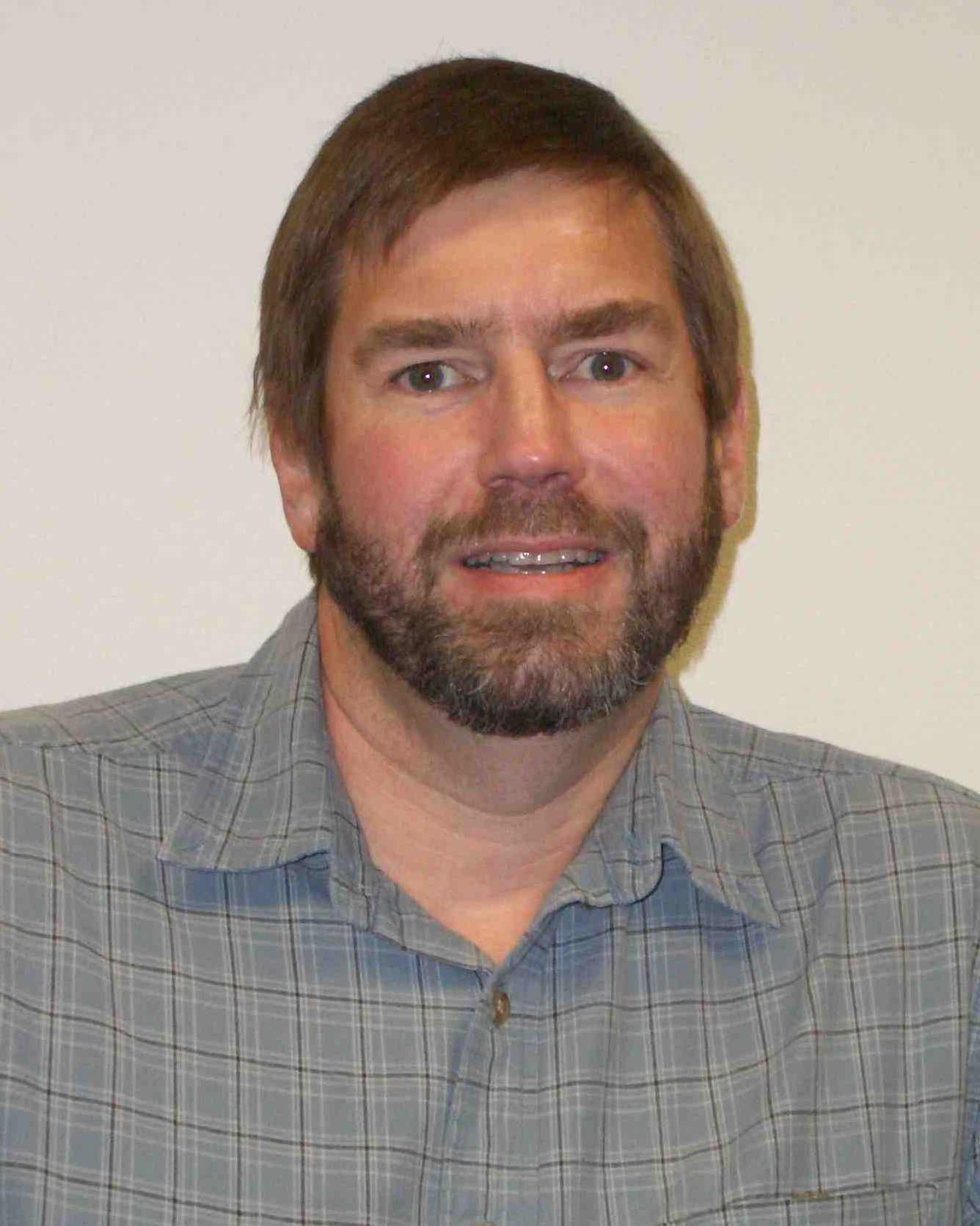Abstract:
Orbital Debris Protection and Prevention for GSFC Missions
Recent on-orbit events such as the collision between an active Iridium spacecraft and a decommissioned satellite have focused attention on the growing orbital debris population. Currently, there are over 19,000 tracked objects on-orbit, the size of a softball or larger. In addition, there are a hundred thousand or more objects too small to track, but still large enough to disable or destroy a spacecraft. Each collision with even small debris has the potential to create even more debris, so that the debris density increase is self-propagating. There is also a threat from micrometeoroids, generally smaller in size but much higher in velocity than orbital debris, that can degrade or destroy components, solar arrays, and instruments. Orbital debris damage has long been the leading risk to astronauts aboard the Space Shuttle and ISS, even higher than launch and landing.
One way to help control the expansion of the debris population is to design spacecraft in such a way that they can be disposed of safely after their mission. Disposal alone, however, will not prevent future debris growth, so that it will become increasingly necessary to consider hardware and operations designs to protect robotic space missions from an ever-increasing threat. The on-orbit environment, NASA requirements for safe disposal, and shielding approaches for spacecraft protection will be discussed, as well as some of the recent efforts aimed at removing debris from orbit. This issue will continue to affect all GSFC missions, not only from a requirements perspective, but also increasingly in terms of mission success.
Biography:
 Scott Hull
is an Orbital Debris Engineer in the Systems Engineering Services and Advanced Concepts Branch, Code 592. He has ten years experience with simulating spacecraft breakup and burn-up, and has performed reentry survivability simulations on numerous spacecraft using both DAS and ORSAT software tools. He has worked at GSFC for 19 years, in failure analysis, electronic parts engineering, space science mission operations, and orbital debris control. Having served on two NESC studies of shielding analyses for the Space Station and CEV, he also has a working knowledge of the BUMPER assessment tool and high velocity impact testing. Current activities include Design for Demise, early mission design for limiting debris generation, and small object shielding. Mr. Hull holds a Bachelor's degree in Materials Engineering from Drexel University.
Scott Hull
is an Orbital Debris Engineer in the Systems Engineering Services and Advanced Concepts Branch, Code 592. He has ten years experience with simulating spacecraft breakup and burn-up, and has performed reentry survivability simulations on numerous spacecraft using both DAS and ORSAT software tools. He has worked at GSFC for 19 years, in failure analysis, electronic parts engineering, space science mission operations, and orbital debris control. Having served on two NESC studies of shielding analyses for the Space Station and CEV, he also has a working knowledge of the BUMPER assessment tool and high velocity impact testing. Current activities include Design for Demise, early mission design for limiting debris generation, and small object shielding. Mr. Hull holds a Bachelor's degree in Materials Engineering from Drexel University.
 Scott Hull
is an Orbital Debris Engineer in the Systems Engineering Services and Advanced Concepts Branch, Code 592. He has ten years experience with simulating spacecraft breakup and burn-up, and has performed reentry survivability simulations on numerous spacecraft using both DAS and ORSAT software tools. He has worked at GSFC for 19 years, in failure analysis, electronic parts engineering, space science mission operations, and orbital debris control. Having served on two NESC studies of shielding analyses for the Space Station and CEV, he also has a working knowledge of the BUMPER assessment tool and high velocity impact testing. Current activities include Design for Demise, early mission design for limiting debris generation, and small object shielding. Mr. Hull holds a Bachelor's degree in Materials Engineering from Drexel University.
Scott Hull
is an Orbital Debris Engineer in the Systems Engineering Services and Advanced Concepts Branch, Code 592. He has ten years experience with simulating spacecraft breakup and burn-up, and has performed reentry survivability simulations on numerous spacecraft using both DAS and ORSAT software tools. He has worked at GSFC for 19 years, in failure analysis, electronic parts engineering, space science mission operations, and orbital debris control. Having served on two NESC studies of shielding analyses for the Space Station and CEV, he also has a working knowledge of the BUMPER assessment tool and high velocity impact testing. Current activities include Design for Demise, early mission design for limiting debris generation, and small object shielding. Mr. Hull holds a Bachelor's degree in Materials Engineering from Drexel University.